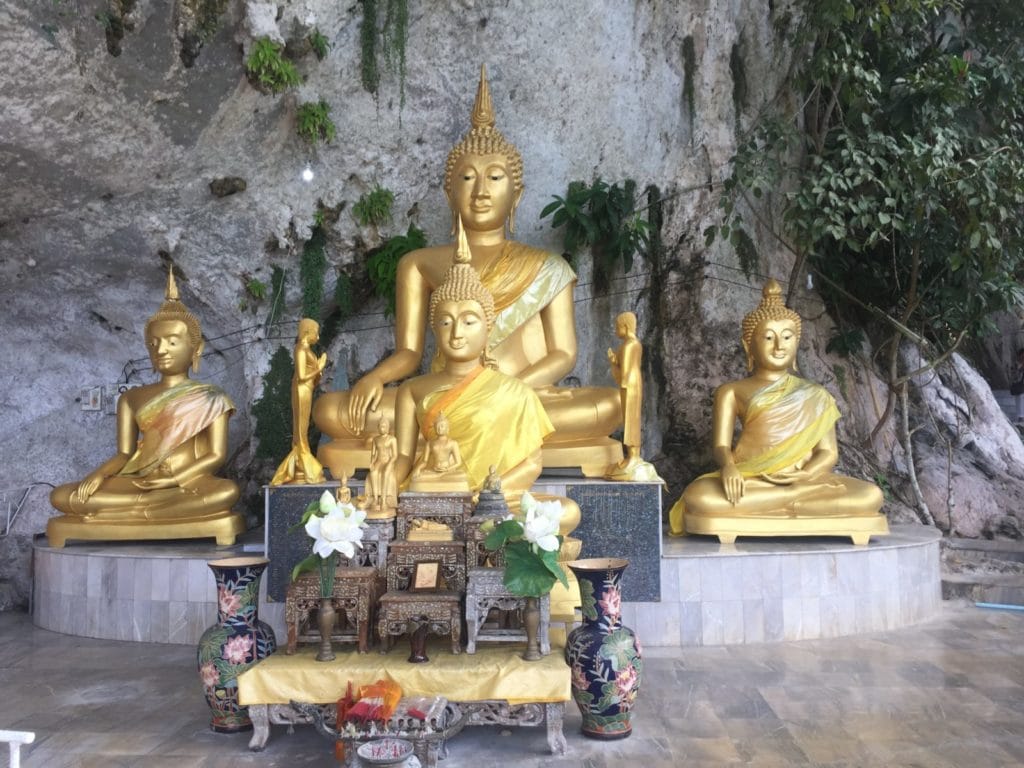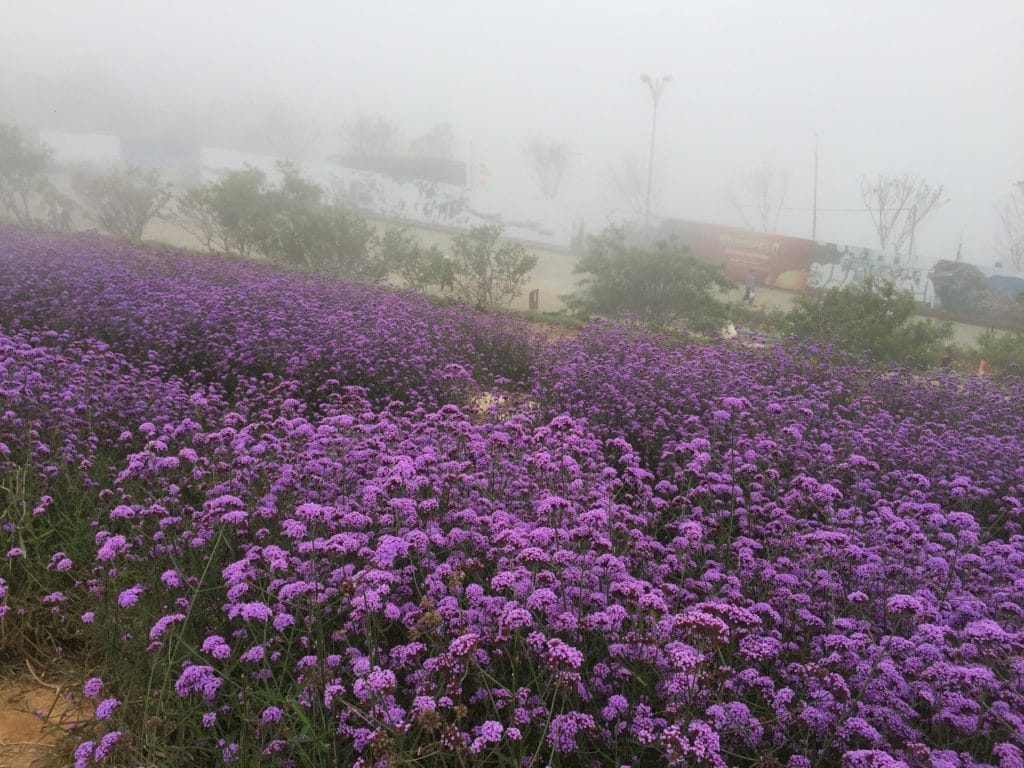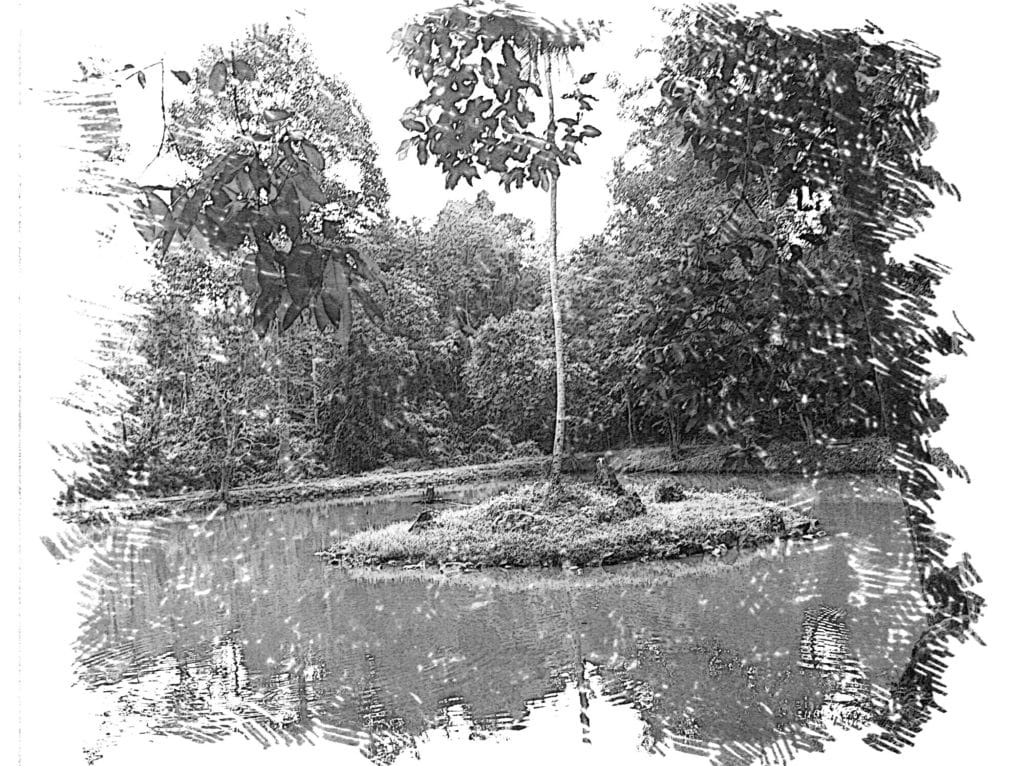Unsatisfactoriness and Non-Self are the core entities of Buddhist teachings. The five Khandhas (aggregates) are the source of our state of mind.
Therefore, to reach peace of mind, we must acknowledge that the stories we tell ourselves are weighing us down. We judge an experience, thought, or emotion as being negative or unpleasant, and we suffer. Moreover, if we can separate ourselves from experience and view it with non-attachment and mindfulness, we can save ourselves pain and heartache.
The inability to detach our five aggregates, the collective whole and intrinsic parts of who we are, will cause us to suffer. But when separate them from ourselves, they have no power over us. We can start to live healthier, more balanced lives.
Mindfulness meditation will help us gain that insight and can really change our lives.
The First Khandha: Form (Rupa)
Rupa is form or matter; something material that can be sensed by eye, ear, nose, tongue, and body.
The Second Khandha: Sensation (Vedana)
Vedana is a physical or mental sensation that we experience through contact with the external world. There is also an additional sense, the mind, or intellect. Vedana is the experience of pleasure or pain. It, therefore conditions craving, to acquire something pleasurable or avoid something painful.
The Third Khandha: Perception (Sanna)
The word “samjna” means “knowledge that puts together.” It is the capacity to conceptualize and recognize things by associating them with other things or associating an object with its context.
The Fourth Khandha: Mental Formation (Sankhara)
All voluntary actions, good and bad, are included in the aggregate of mental formations, or samskara.
Mind precedes all mental states. The mind is their chief; they are all mind-wrought. If a person speaks or acts happiness with a pure mind, happiness follows him like his never-departing shadow. – Dhammapada
The Fifth Khandha: Consciousness (Vinnana)
Vijnana is a reaction to our senses. The awareness or consciousness depends on the other Khandhas and does not exist independently from them.
What you need to know
The Khandhas are not “you.” They are temporary, conditioned phenomena. They are empty of a soul or permanent essence of self. The clinging to these aggregates as “me” is an illusion. When we realize these aggregates are just temporary phenomena and not-me, we are on the path to enlightenment.
*O’Brien, Barbara. “The Five Khandhas.” Learn Religions, Aug. 25, 2020, learnreligions.com/the-Khandhas-450192.
Quenching Dukkha
Using Mindfulness meditation, we can recognize Unsatisfactoriness and Non-Self. Therefore we can observe the cessation of attachment, the nonexistence of attachment while breathing in and breathing out.
We can also observe quenching or cessation from various perspectives: the quenching of attachment to “self,”; the quenching of selfishness; the quenching of greed, anger, and delusion; and the quenching of all experiences of dukkha. All occur with the quenching of attachment.
Clinging to one of the five Khandha (groups, aggregates, clusters), grasping the five groups (pañca-khandha), as “self” or “belonging to self,” as “I” or “mine,” is dukkha.
Thus, we realize the voidness or nonexistence of attachment through the quenching, disappearing, and ending of attachment. In any of the aspects mentioned above, we experience the absence of attachment. We just breathe in and breathe out. Or, more simply, we drink, taste, and savor the flavor of Nibbana. Thus, to contemplate the quenching of attachment is to contemplate Nibbana.
*Mindfulness with breathing: a manual for serious beginners / Buddhadāsa Bhikkhu; ISBN 0-86171-111-4
The regular practice of mindfulness meditation is a certain path to realizing those facts. Therefore, it is a path to a calm mind and Nibbana in this life.
If you want to know more
I hope you find this story about the Five Khandhas, Unsatisfactoriness, and Non-Self useful.
If you want to learn more about things I write about, check out my books. See also what the goal of this website is. In addition, you can check out my other post about mindfulness and share your thoughts and comments.
If you like this post, please subscribe here, get a free e-book, and get a notification when future posts are published. Also, share with your friends, like, and follow on social media using the buttons below.
Share



